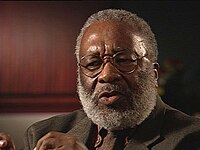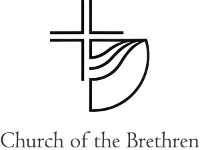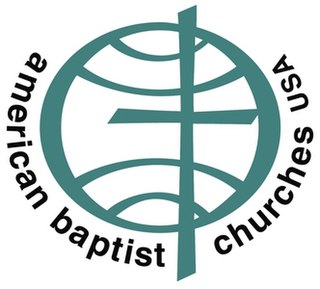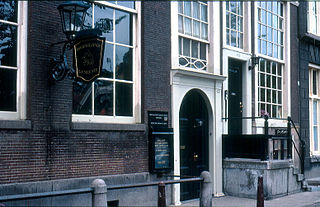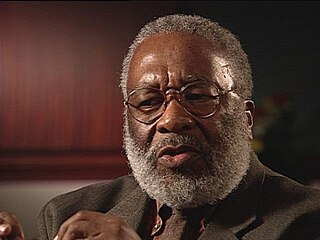United States
In 1886, Krimmer Mennonite Brethren was established in the mining community of Elk Park, North Carolina, as the first African American Mennonite mission. [6]
In 1897, the first African Americans were baptized as members of a Mennonite church. Robert, Mary Elizabeth, and Cloyd Carter were baptized at Lauver Mennonite Church, a congregation in the Juniata district of the Lancaster Mennonite Conference. [6]
In 1898, Welsh Mountain Mission in New Holland, Pennsylvania, was founded as a mission to African Americans. Elmer Boots was baptized as the first African-American member in 1917. [6]
The Los Angeles Mennonite Church was established in 1920. The church was renamed the Calvary Mennonite Church in 1942.
In 1920, the Virginia Mennonite Conference debated whether to allow African Americans to become members. The conference decided to allow Black members "with caution." [6]
In 1920, Homer Church and Geneva Mercomes became the first African American students enrolled at Bethel College, a Mennonite college in North Newton, Kansas. [6]
Rondo Horton became the first African American ordained as a minister of the Mennonite Brethren church in 1933. [6]
In 1940, the Virginia Mennonite Conference issued policies segregating the rites of baptism, foot washing, the holy kiss, and communion according to race. [6]
In 1943, Juanita Lark became the first African American student to graduate from Goshen College, a Mennonite college in Goshen, Indiana. [6]
In 1945, James and Rowena Lark founded the Dearborn Street Mission, which eventually became Bethel Mennonite Church on Chicago’s near west side.
In 1948, Willis Johnson became the first African American to enroll as a part-time student at Eastern Mennonite College in Harrisonburg, Virginia. In 1949, Ada Webb became the first full-time African American student. [6]
By 1950, there were only about 150 Black Mennonites in the United States. [4]
James Lark was the first Black person ordained as a Mennonite bishop. Lark was ordained as a Mennonite minister in 1945 and ordained as a bishop in 1954 in Chicago. Rowena Lark was an important figure in Mennonite outreach, a children's storyteller, and a soloist. Rowena and James were husband and wife. [4]
Vincent Harding, a prominent Black Mennonite and civil right activist, gave a speech at Woodlawn Mennonite Church in Chicago in 1959 during a seminar about race and racism. Harding was a professor at several universities, an author, and a speech writer for Martin Luther King Jr. Harding outlines three points of order during his speech promoting the necessity of racial unity within and outside of the Mennonite church: that "problem of race" should be defined as a moral and spiritual problem, that White Mennonites should confess the "sins of irresponsibility" that had plagued previous attempts at racial dialogue within Mennonite communities, and making Mennonites "near the heat of the battle" by making themselves visible in anti-racist struggles. [7]
In 1960, Brother Lark became the interim pastor at Calvary Mennonite Church in Los Angeles.
The Black Caucus of the (old) Mennonite Church was formed in 1971. [6]
Between 1950 and 1980, the number of Black Mennonites in the United States increased to 1,600 members in 49 Black and integrated churches. [4]
Joy Lovett was elected as the first Black associate general secretary of the Mennonite Church in 1983. [4]
Between 1985 and 1995, the Mennonite Church engaged in a concerted effort to reach out to urban communities. Because of this outreach, the number of African-American Mennonite churches increased to around 50. [4]
Dwight McFadden began a two-year term as moderator of the Mennonite Church in 1997, the first African-American to serve as moderator. [4]
In 2015, the historically Black Calvary Community Church in Hampton, Virginia was the largest Mennonite church in the United States. [4]
In 2018, Glen Alexander Guyton became the first person of color and the first African-American to serve as the leader of the Mennonite Church USA. Guyton is a member of the San Antonio Mennonite Church. In the same year, around 70 Mennonites of color gathered in San Antonio for an anti-racist conference, 55% of them being Black Mennonites. [1]

